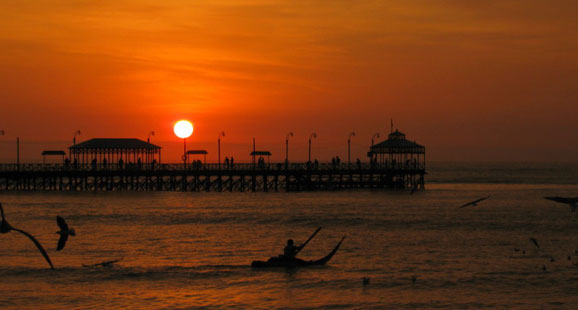
TRUJILLO - GENERAL INFORMATION
In the North of Peru, on the coast surrounded by the Pacific Ocean, there is Trujillo, that belongs to the department of La Libertad, which past rich in history and tradition has marked its people at such point that they even keep authentic habits, such as fishing in the caballitos de totora (reed watercrafts), improve the MARINERA's dance or breed fine paso horses. Nature has also been kind with this city; it has one of the most valuable climates of its "eternal spring" that turns the visit and stay here into very pleasant ones. A nice city, with a great climate, beautiful beaches, a historic center with colonial large houses and majestic patios, which contrast with the astonishing tombs of the Moche and Chimú civilizations, near the city. The fusion of the prehispanic and colonial style create an exquisite cultural contrast, full of magic and tradition. Of course, this is all enriched with its rich and varied food, that constitutes a top-level culinary art.
APPEALS
Main square of Trujillo
This is one of the most important squares of the country, where you will see churches and colonial large houses. In the center, there is the Liberty monument, a Baroque sculpture made of marble, which was created by the German artist Edmund Muller.
Concerning, the churches, you will be able to see the Cathedral of the city of Trujillo, which was built in 1666 and still has valuale artworks such as canvas and sculptures of Cusco. You will also be able to see artworks in the chuch of the Compañía, that date from 1640, as the canvas of Diego de la Puente.
The colonial casonas (large houses) on te main square will astonish you. The Bracamonte house, that combines the viceregal and republican period has a bog wooden door and traditional windows with finely worked iron bars. Inside, welcoming patios can be found.
TRADITIONAL CASONAS
Casa del Mayorazgo de Facalá, that has a big main patio and a very ancient water well. From teh outside, you can appreciate the corner balcony, in a Mudejar style. In this house, a valuable collection of coins and medals (numismatics) is kept.
Casa Orbegoso, in a viceregal style, is marked by the paved grounds and worked doors. In the rooms, important collections of furnitures, silversmith's, canvas and mirrors and exhibited.
Casa de la Emancipación in which the marquis Torre Tagle prepared the declaration of independance of Trujillo, in 1820. It was the headquarters of the First Constituent Congress, and later the house from which president Riva Agüero governed.
Casa Ganoza representative of the architectural style of the city of Trujillo. Its portal, in a aroque style, is characterized by teh use of diverse shades of colors, its rococo facade and the two lion (which is why the house is also known as the "Casa de la Portada de los Leones" (House with the Lion Doorway). the style of the hhouse is completed by the mannerist walls, the Empire windows and the Neo-Baroque balcony.
MUSEUMS
Museum of Archaeology, Anthropology and History of the National University of Trujillo, and the José Cassinelli Museum of Archaeology, exhibit the archaeological remains linked to the diverse pre-hispanic civilizations of La Libertad.
Chan Chan fortress
this pre-Hispanic urban center represents the biggest mud city of Pre-Hispanic America. It was declared a UNESCO World Heritage Site in 1986. The city shows a network of streets, canals, reservoirs, squares, pyramidal temples and palaces. There is a museum with important pieces of the Chimú civilization.
Sun Huaca and Moon Huaca
The Sun Huaca functionned like the political and administrative center, and the Moon Huaca as the ceremonial center. Between the both of them, is located the urban area, made up of houses, big avenues, alleys, corridors and squares. Those components confirm the high level of political, religious, economical and social organization of the Moches.
Archaeological Complex El Brujo
This complex has three big structures: the Huaca Prieta, the Huaca El Brujo, that dates from the Moche civilization, and the Huaca de Cao Viejo, that offers raised figures and murals. Visit of the Museum of the site, where you will see the "Señora de Cao", a queen, recently found with impressive grave goods.
Beaches
Huanchaco Spa
Spa known for its food from the sea and artisanal boats of Mochica origin, called Caballitos de Totora. Fishermen on the Northern coast have used them since the Precolombian period. This is one of the favorite beaches of the surf enthusiasts on the coast of Peru; international championships are even organized there.
Gastronomy
The gastronomy in Trujillo is one of the most recognized in the North of Peru. Among the most famous dishes, there are the kid with beans, the Shambar (wheat soup with pig skin and smoked ham, vegetable stew and chinese onions) the pepian turkey (turkey with thick chili sauce), the ajiaco (potatoe and chili soup) and the theologian soup (female turquey and/or chicken soup with soaked bread, potatoe, milk and cheese.)
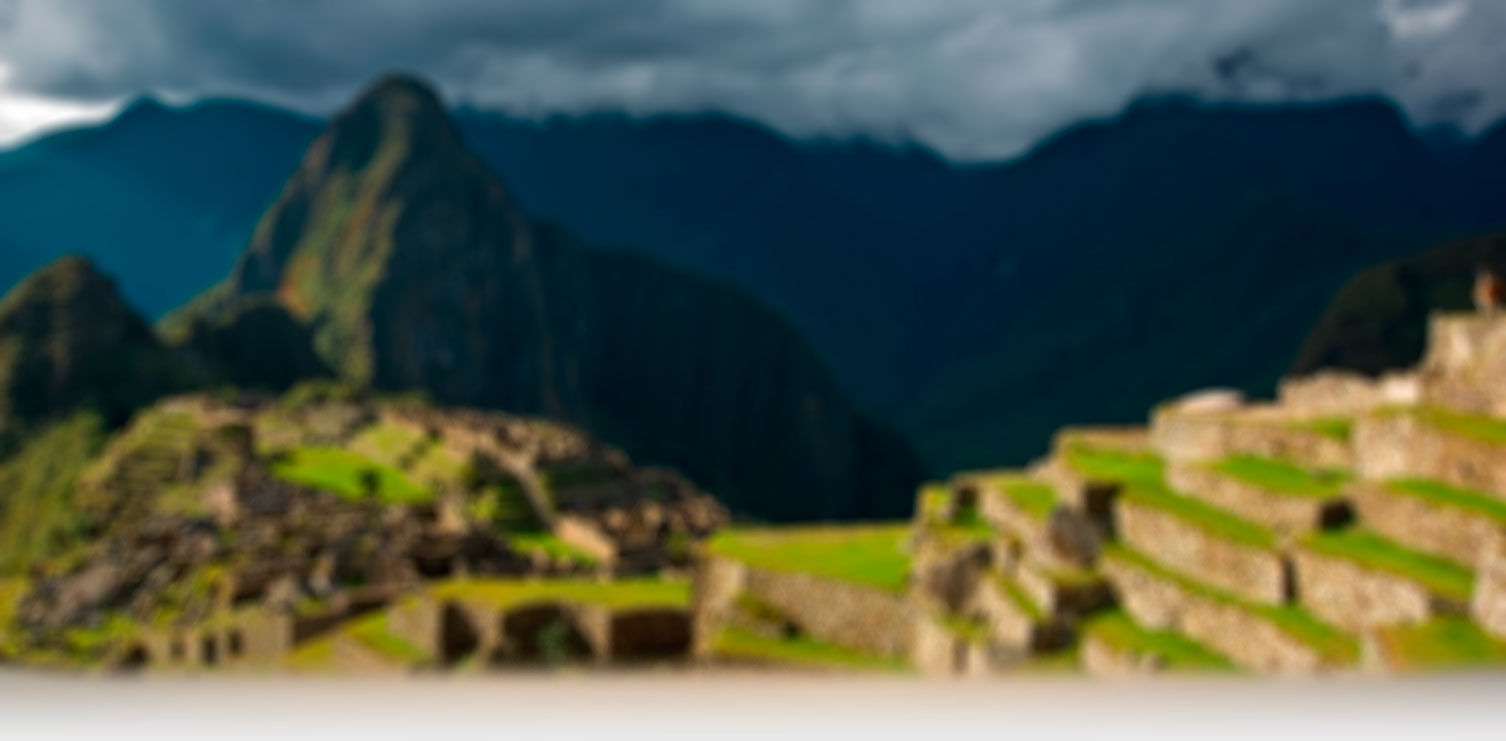
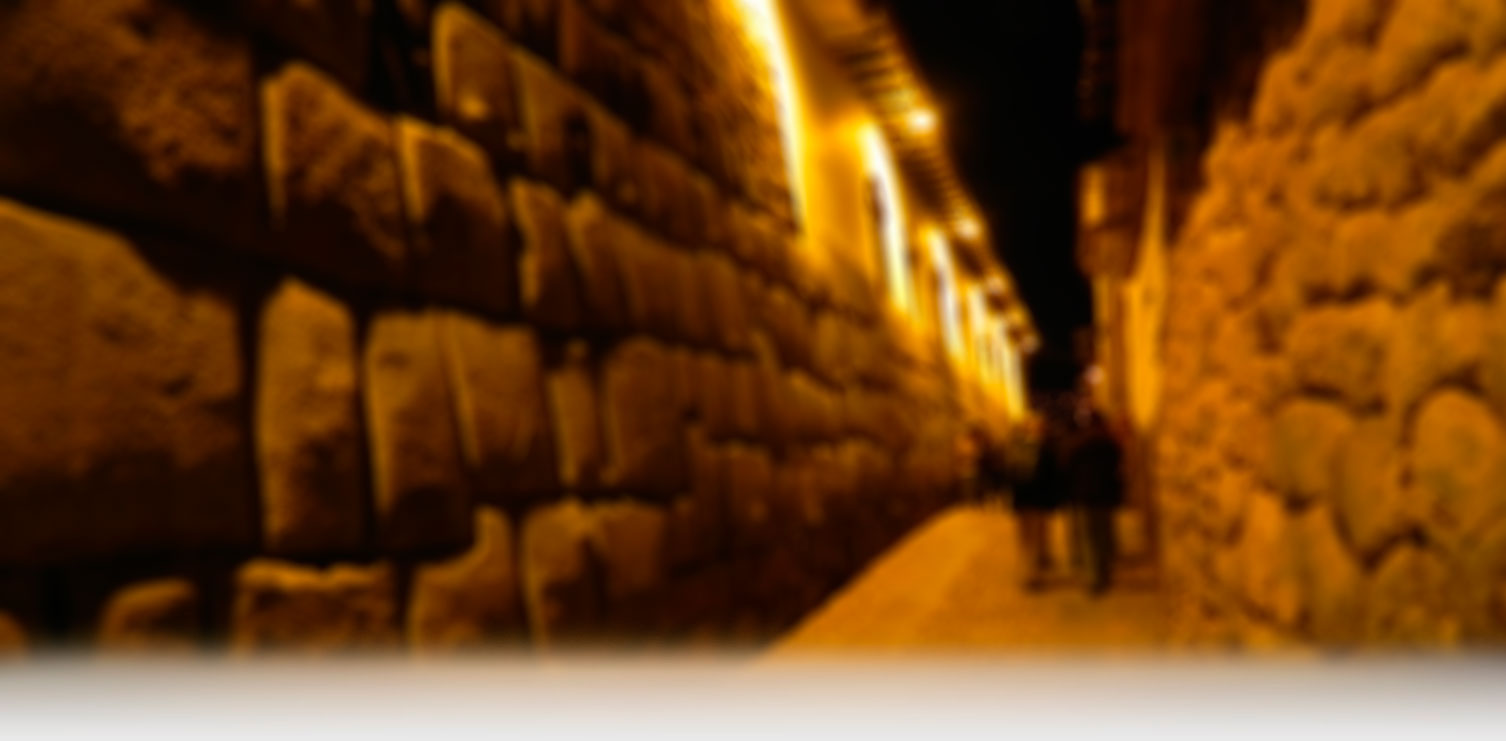
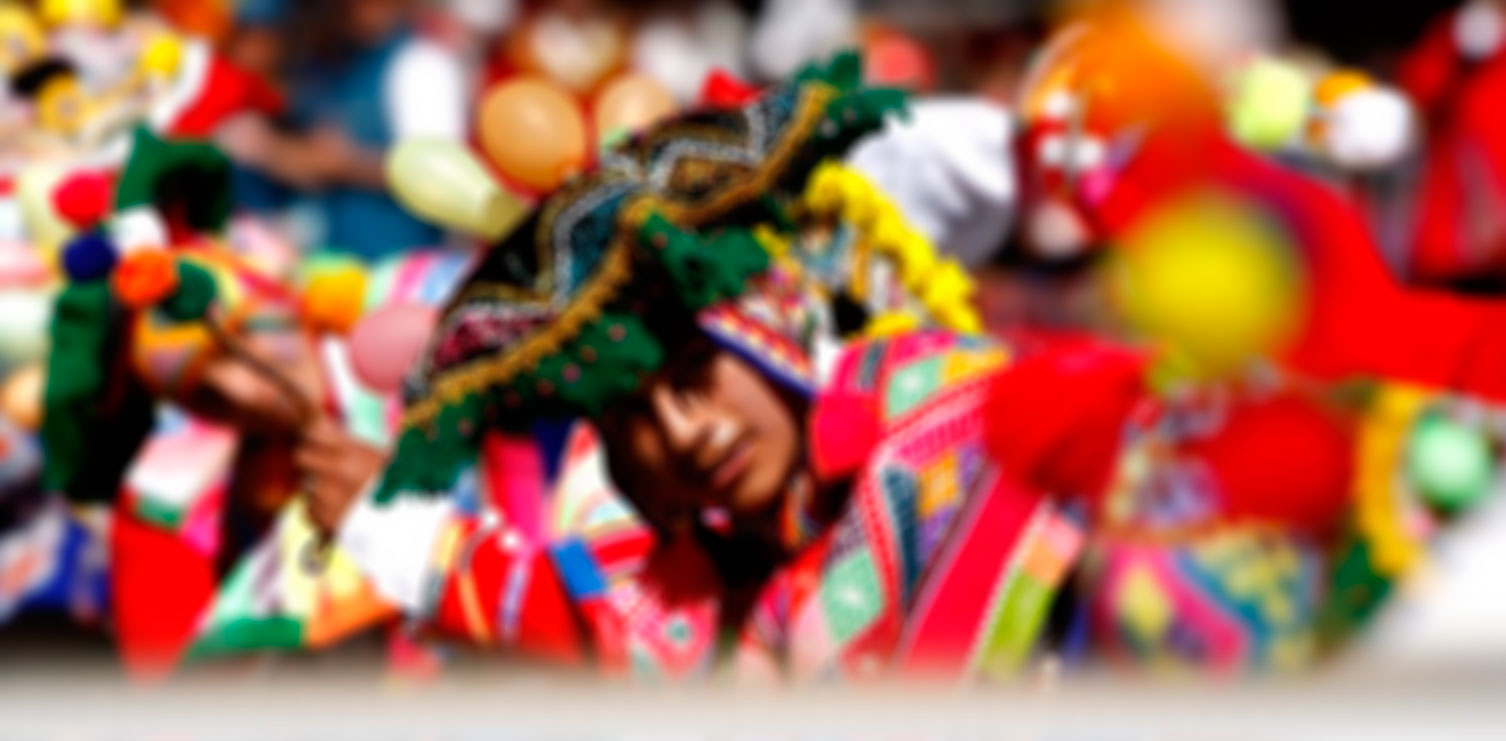
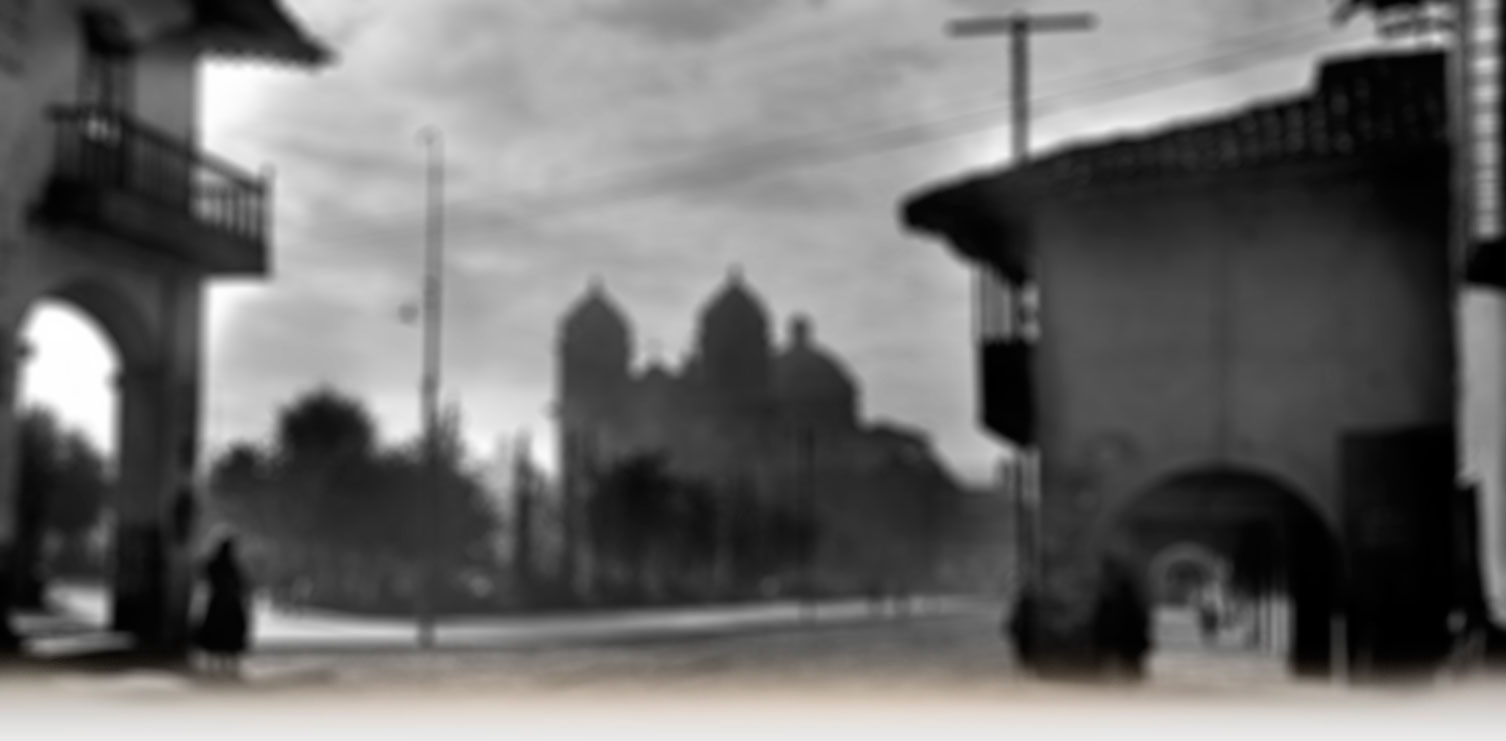




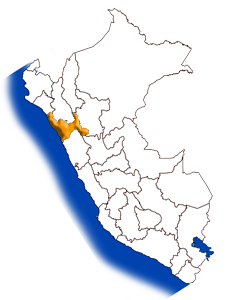
 +5184 223865
+5184 223865  24Hrs: 958-076720 / 984-118056
24Hrs: 958-076720 / 984-118056 117*469
117*469 reservas@inkaways.pe
reservas@inkaways.pe titosouthamericanjourneys
titosouthamericanjourneys